Wild & Unusual Plants | Seek and Find
The desert is full of strange and amazing plants that are adapted to survive and thrive in extreme living conditions.
Head to the Garden or search your neighborhood to find some of the most bizarre plants of the Sonoran Desert.
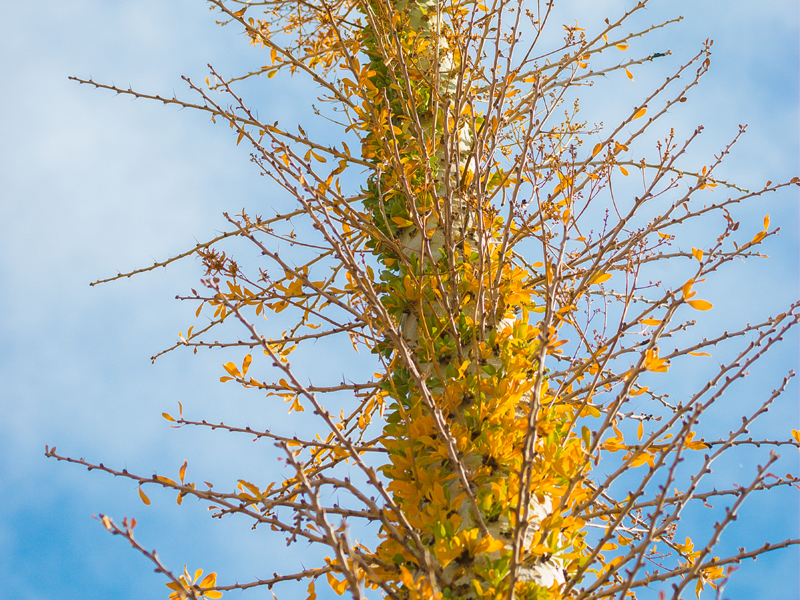
Boojum Tree | Fouquieria columnaris
This tree is native to Baja California, Mexico and can be found throughout the Garden. It looks like an upside-down carrot with roots branching off.
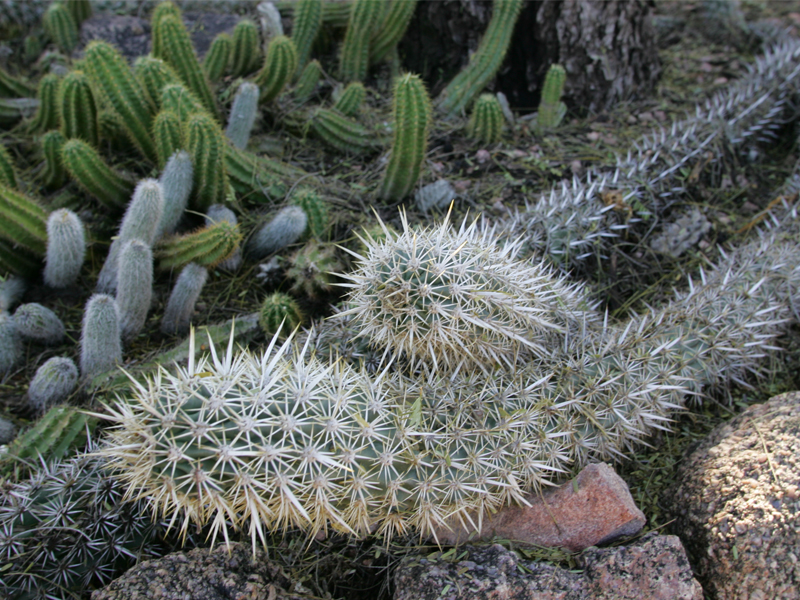
Creeping Devil | Stenocereus eruca
“Crawling” along the desert floor and frequently found along sandy soils, this cactus forms new roots at the tip of each stem. This was the first cactus planted at the Garden in 1939.

Century Plant | Agave americana
Blooming only once in its lifetime, this agave is called a ‘century plant’ because it takes years for the slow growing plant to bloom. Although it does not take a full century for it to bloom, it does take many years.
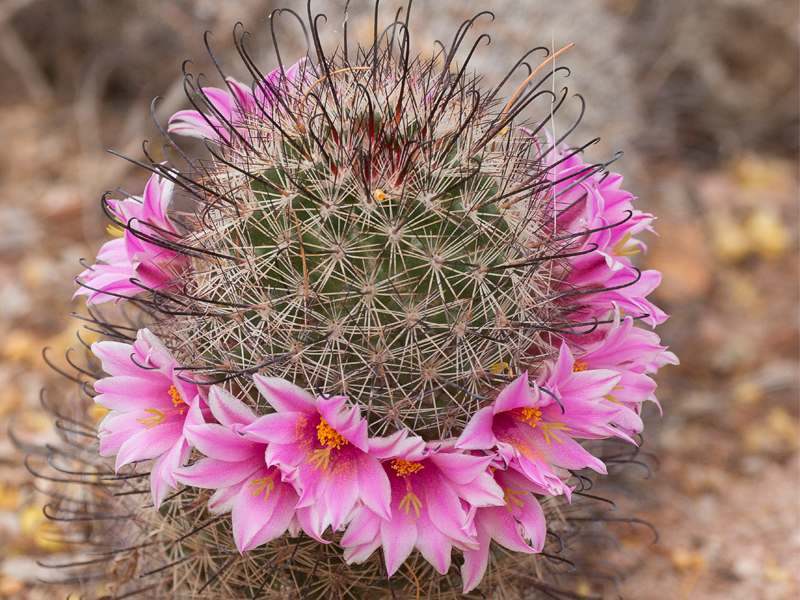
Pincushion Cactus | Mammillaria
This cactus is one of the largest genera (a class of things that have common traits) in its family. This dainty cactus forms a ring of tiny flowers when it is in full bloom.
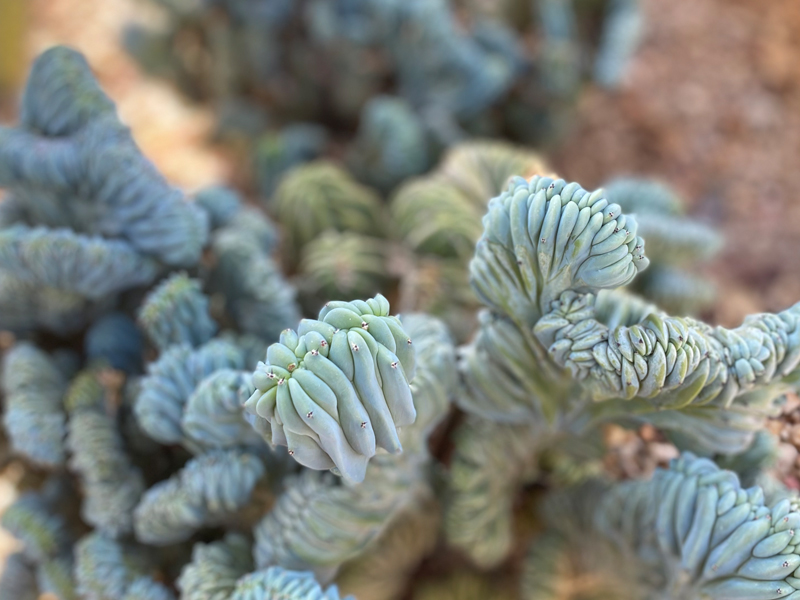
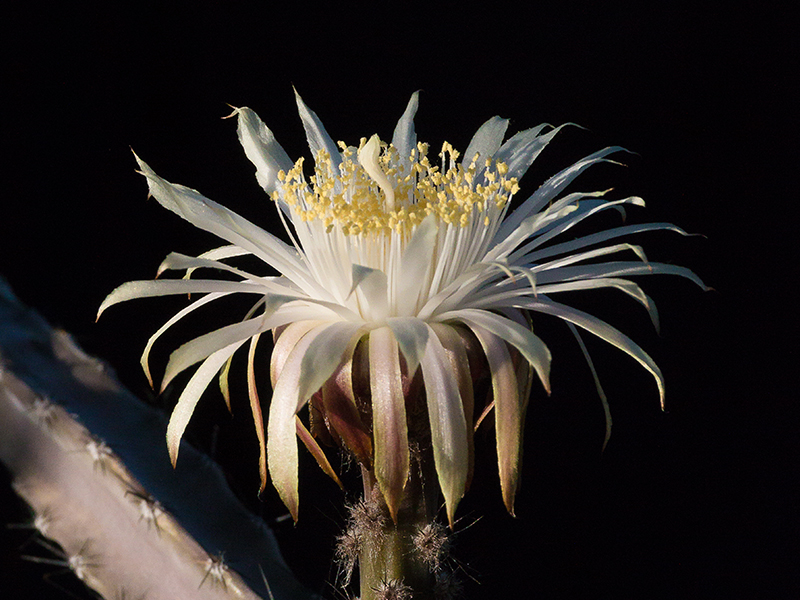
Queen of the Night | Epiphyllum oxypetalum
The Queen of the Night blooms between dusk and dawn. This can be a tricky plant to spot since its flowers close quickly and its stems resemble a dried branch

Carrion Flower | Stapelia gigantea
This particular plant uses an unlikely smell to attract pollinators. The red, fleshy flowers on this spineless succulent smell like rotting meat. This helps attract flies for pollination.
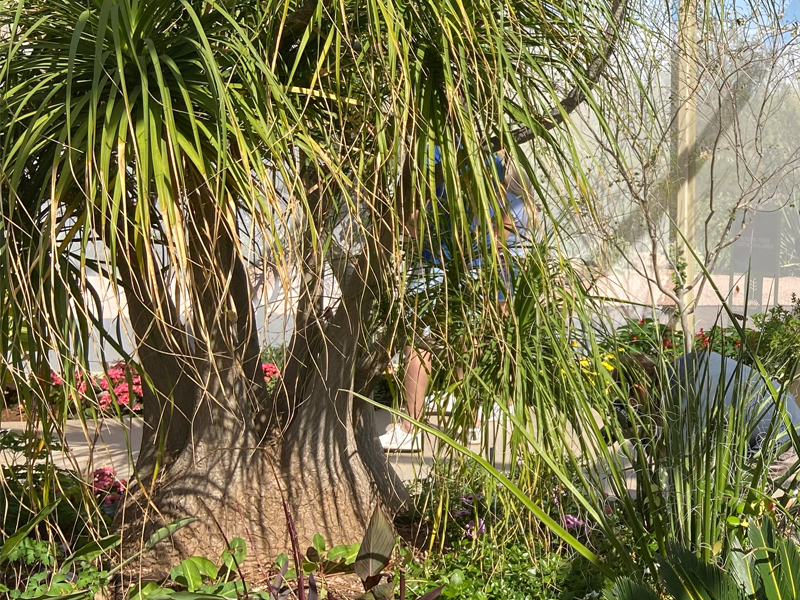
Ponytail Palm | Beaucarnea recurvata
Often confused for a palm tree, the ponytail palm is a member of the agave family and is a stem succulent–it stores its water in the stem.